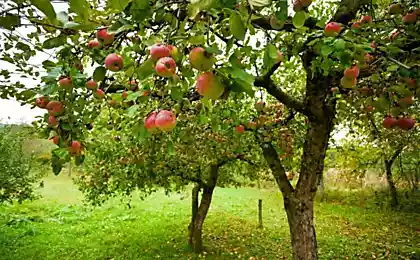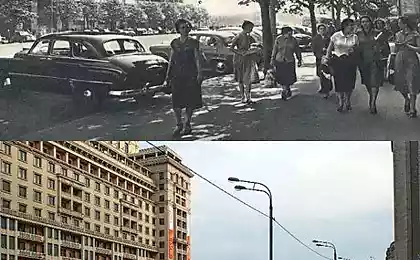245
Cities Without Trees: How Green Scarcity Affects Our Lives

Green spaces play an important role in urban life, but in many metropolitan areas of the world there is an alarming shortage of trees. Rapid urbanization, deforestation of parks and lack of green spaces are already affecting the health of residents and the climate. What is behind this trend and how to solve the problem?

Why are trees in cities so important?
Trees are not just an element of landscape design. They perform many vital functions:
- Air purification: Trees absorb carbon dioxide, filter dust and pollutants, improving air quality.
- Cooling: The shade from the trees reduces the temperature in the city, especially in the hot months.
- Noise reduction: Green spaces absorb sound waves, reducing noise levels in urban areas.
- Biodiversity: Trees are home to birds, insects and small animals.
- Psychological health: Staying in the green zone reduces stress levels and improves mood.
However, in many metropolises, trees are becoming rare, giving way to concrete, asphalt and skyscrapers.
Causes of Tree Deficiency in Cities
The main reasons why cities face a lack of green space are several:
1. Urbanization and construction
As the population grows, the demand for housing, roads and infrastructure increases. Parks and squares often give way to new residential and commercial projects.
2. Environmental pollution
High levels of air, soil and water pollution affect the health of trees, reducing their lifespan.
3. Lack of planning
In many cities, when designing new areas, not enough attention is paid to the creation of green areas. The result is the absence of trees in the streets and in the courtyards.
4. Climate change
Rising temperatures, extreme weather events and droughts are making it harder for trees to grow in cities.
Consequences of Green Space Deficiency
The lack of sufficient trees in cities leads to serious problems:
- Deteriorating air quality: Pollutants accumulate, which increases the risk of respiratory diseases.
- The heat island effect: Cities with a small number of trees heat up more, worsening the comfort of residents.
- Declining biodiversity: The disappearance of green zones leads to a decrease in the number of birds and other species.
- Deteriorating mental health: Lack of contact with nature increases levels of stress, anxiety and depression.
Cities that are struggling with greenery shortages
Some megacities have already begun to actively work on solving the problem, introducing innovative approaches:
1. Singapore: Garden City
Singapore is an example of integrating green spaces into urban environments. Vertical gardens, green roofs and mandatory landscaping of new buildings have made it one of the greenest cities in the world.
2. Milan: Green Towers
The Vertical Forest project includes residential buildings whose facades are covered with hundreds of trees and shrubs. It helps clean the air and maintain biodiversity.
3. London: National Park City
London is actively increasing the area of green spaces, turning abandoned areas into parks and planting trees along the streets.
How can we solve the problem?
A comprehensive approach is needed to combat tree scarcity, including:
- Planning for green spaces: Mandatory inclusion of parks and trees in development plans.
- Encouraging disembarkation: Programs for residents and businesses that encourage tree planting.
- Use of technology: Vertical landscaping, hydroponic systems and sustainable tree species.
- Education: Raise awareness of the importance of trees and green spaces.
Conclusion
The shortage of trees in large cities is not only an aesthetic problem, but also a serious challenge to the health and sustainability of the urban environment. Solving this problem requires the efforts of both the authorities and the citizens themselves. Only by working together can we bring nature back to our cities and make them more comfortable and environmentally friendly for future generations.
“Trees are the lungs of our cities. Without them, there is no future for us and our children. ?
Cities can be a place not only for technology and progress, but also for nature, which reminds us that humanity and ecosystems are inseparable.
The U.S. Embassy in Kiev resumed work after closing due to the threat of airstrike
How to get out of the cycle of bad thoughts























